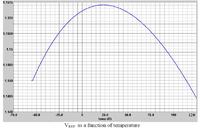kavitha_rapolu
Junior Member level 3
Is the curvature desired or not desired in bandgap?
Follow along with the video below to see how to install our site as a web app on your home screen.
Note: This feature may not be available in some browsers.
